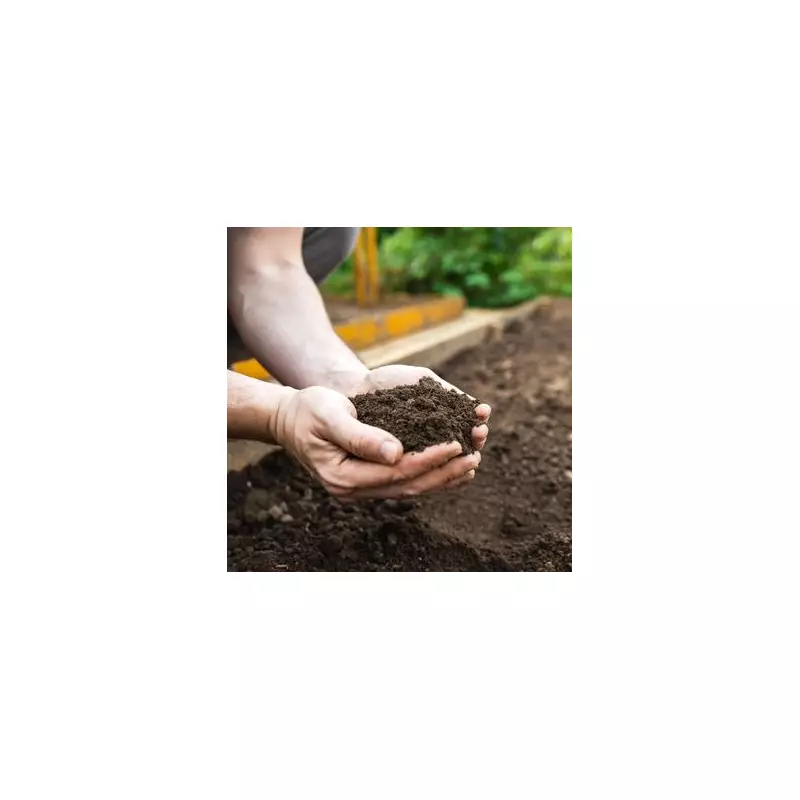
Gardeners across the UK have been urged to take advantage of a 'completely free' and remarkably effective material to dramatically improve their soil this autumn.
The 'Magic' Soil Improver
In a recent episode of the BBC Gardeners' World Magazine podcast, gardening expert Catherine Mansley revealed a simple secret for enhancing soil structure, which she described as being 'like magic'.
Opening the podcast, Catherine stated: 'It may not be sexy, and it certainly isn't about instant gratification, but it is free and easy.' She was, of course, referring to leafmould.
This natural soil conditioner, created from decomposed leaves, was hailed by Catherine as one of the 'easiest, most effective, and completely free soil improvers you can make at home'.
How Leafmould Benefits Your Soil
Unlike traditional compost made from kitchen scraps and garden waste, leafmould is generated entirely from broken-down autumn leaves.
Catherine explained its remarkable properties: it makes heavy soil lighter and helps sandy soil retain moisture more effectively.
Furthermore, she emphasised that leafmould 'boosts soil life' and is particularly loved by worms and microbes, which are essential for a healthy garden ecosystem.
Creating Your Own Leafmould
Autumn presents the perfect opportunity to start making leafmould, with leaves readily available everywhere.
According to both Catherine Mansley and the Royal Horticultural Society (RHS), the best leaves to use are from beech, oak, or hornbeam trees.
The process is straightforward:
- Collect your autumn leaves
- If using black bin bags, poke holes for air circulation and to release excess moisture
- Ensure the leaves have the dampness of a 'damp sponge', adding water if necessary
- Tie up the bags or leave your pile and let nature take its course
The RHS provides additional guidance, noting that leafmould older than two years can be used for seed-sowing compost. It can also be mixed with compost, soil, and sharp sand to create potting compost.
While all leaves and conifer needles will eventually decompose, thicker species like horse chestnut, sycamore, and walnut need to be shredded before adding to your pile.
Even leafmould that's less than two years old has valuable uses as a soil improver, mulch, or lawn top-dressing during autumn.
The RHS does caution gardeners to avoid using leafmould in areas where weed seeds could be a problem, as your piles could potentially be 'colonised' by them.
Another potential issue is contamination from litter if leaves are collected from streets. The RHS recommends simply sorting the leaves before use to address this concern.





